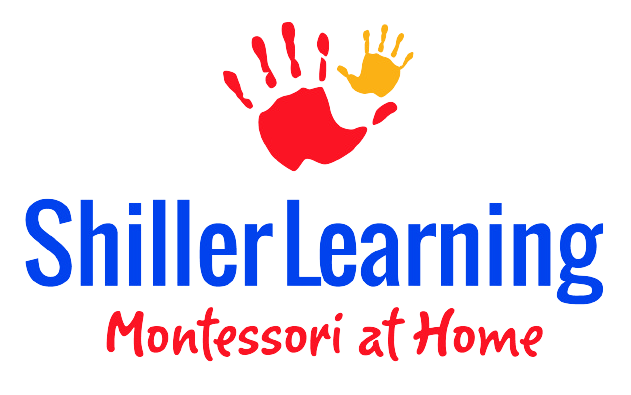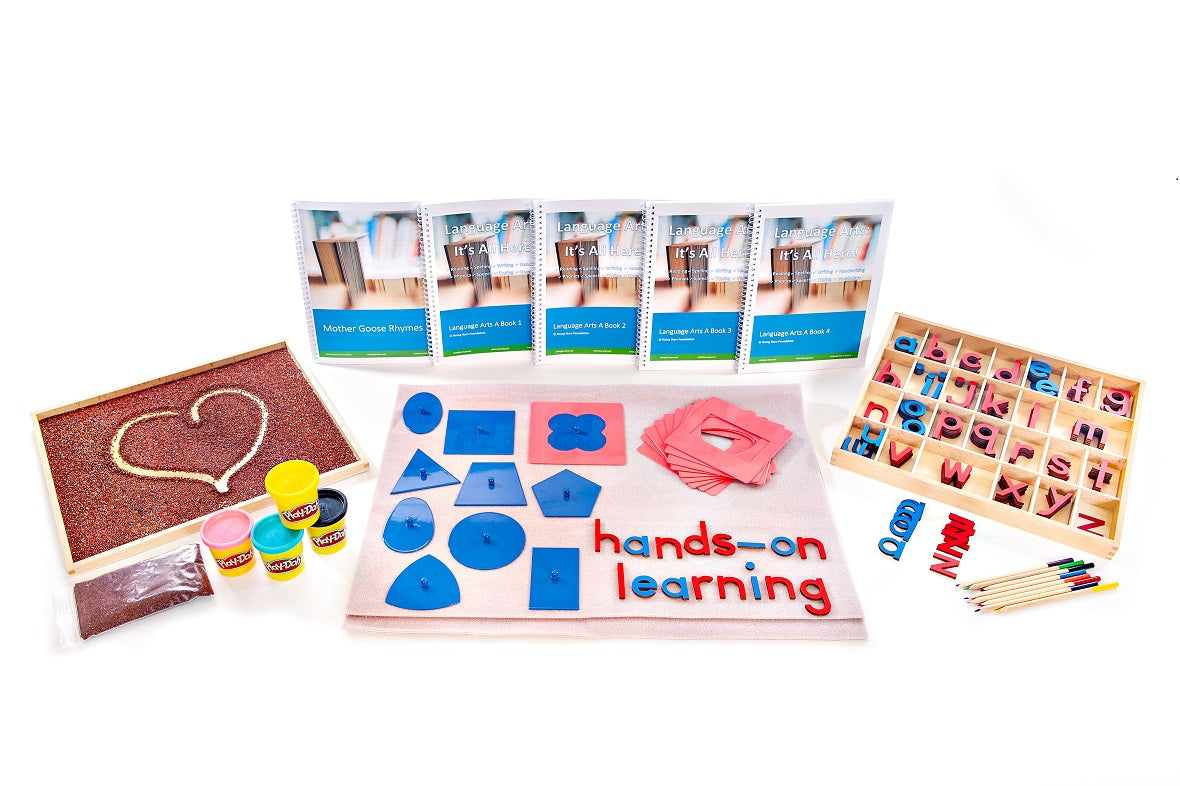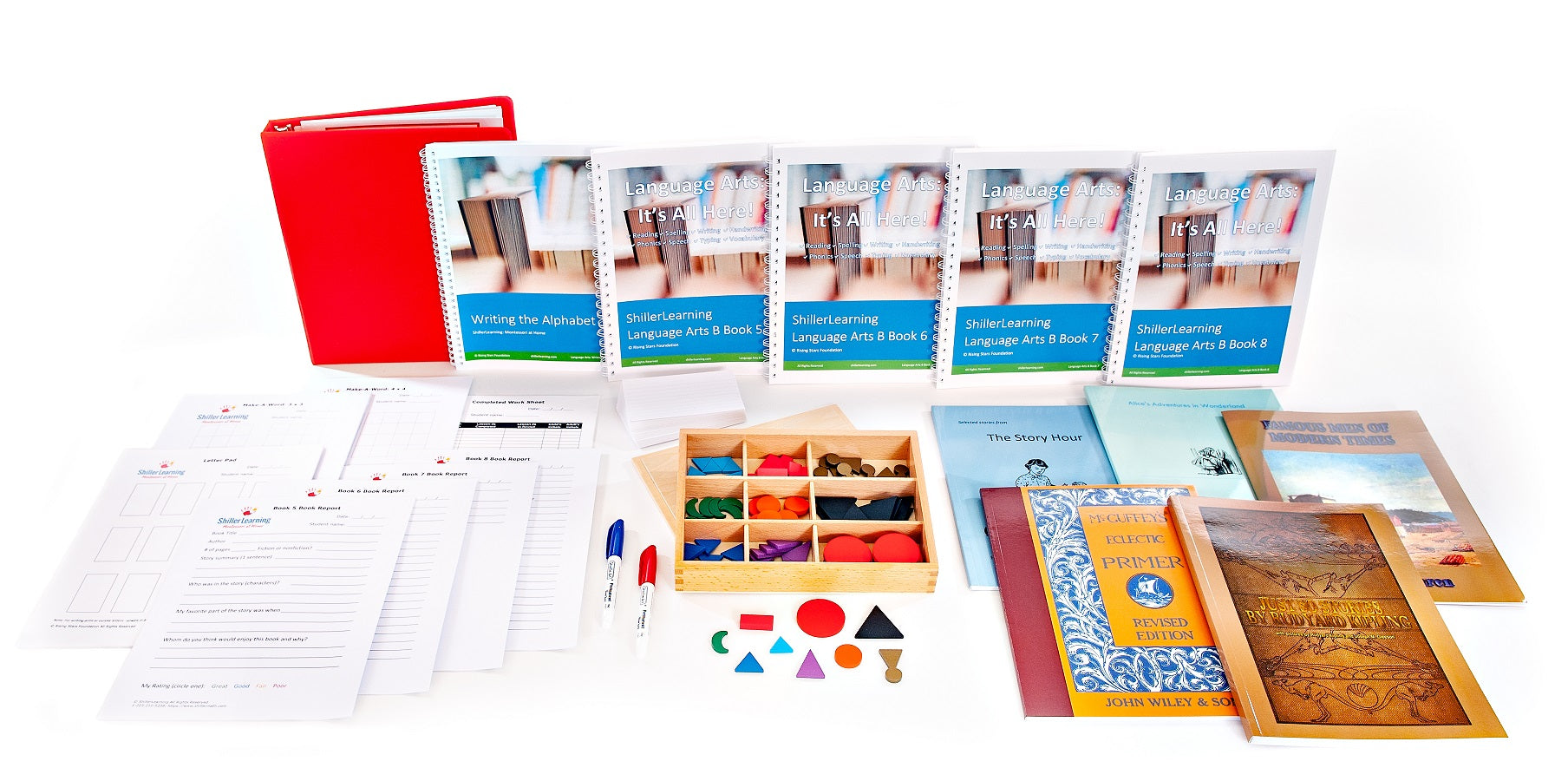"True understanding of the child's needs requires that we focus on the uniqueness of each child rather than group them under broad categories of common behavior." - Larry Shiller
3 Key Solutions to Math Success
Society values math skills.
According to the Bureau of Labor Statistics, a solid math education can mean a 350% increase in pay.
Yet even with unfilled jobs in our economy, NASA estimates that two million jobs in technology are going unfilled by American workers because they are unqualified.
The U.S. has an ongoing math crisis. Fortunately, there are solutions that do work!
Here are a few key solutions to the US math crisis:
1. Get rid of grade levels
Huh? How could we do that? But think about it: students don't learn in grade chunks; they learn - and master material - at their own pace. Segregation is bad - any kind of segregation. We have grades because once we grew beyond the one-room schoolhouse, it made life easier for bureaucrats. That's not good enough: Let's get rid of grade segregation. Ideally, education should nurture a child's intrinsic motivation to learn, create, and do satisfying work. An educator should guide the child to progress through the curriculum as concepts are mastered (and can be built on), rather than, “Time to move on!” Knowing the 3 possible outcomes of a lesson will guarantee that a student successfully moves on without regard to grade. Montessori schools the world over have been liberated from grade levels, focusing instead on personalized education, for over a hundred years. That's also happening now at the Ridgeview Charter School in Colorado and hundreds of other schools across the US - and it's a success.
What about labels?
2. Don’t rely on labels and categories
In a well-meaning attempt to help more students, we create categories such as LD, ADD, and ADHD, and define processes for each.
In fact, every student should have a label: His or her name.
Wait, don't we need those labels in order to better serve our kids? Yes, diagnostic labels serve an important role in bringing support services to students. However, they also can have unintended side effects. In trying to group children under categories of diagnosis, we group together children who are actually quite different from one another. And in doing so, we underemphasize their important differences. Parents can become frustrated when their child is not fitting into the diagnosis mold.
True understanding of the child's needs requires that we focus on the uniqueness of each child rather than group them under broad categories of common behavior.
Let's use our great American marketing muscle to target each student individually - and to let students fulfill the American dream by providing an environment that lets them reach their own potential, not some bureaucrat's idea of their potential.
3. Multisensory math education
A typical homeschool curriculum engages about 30% of the brain. By and large there are no kinesthetic or auditory lessons, and the use of manipulatives is limited. Unless a student takes to abstract thinking right away, the odds are good he or she won't be good at – or like – math.
Your child completes a lesson correctly - say it was a visual lesson that requires looking at a picture and doing a simple calculation. The child then successfully completes several drills on the same material. Does that mean your child has mastery and a full foundational understanding of the topic covered?
The problem is that this lesson and drill only reached 30% of the child's brain. The rest? Not getting this concept! Now, imagine four lessons on the same concept - one each for visual, tactile, kinesthetic, and auditory neurons. Now the child's brain is being engaged 100% - to its fullest potential - and connections are rampant. Only then will a child truly have mastery.
Without a complete multisensorial experience children lose the richness that comes from absorbing the same material from all learning styles: visual, auditory, tactile, and kinesthetic. Only then will a student form a rock-solid web and foundation of knowledge and ability. The sensorial materials enable the child not just to memorize, but to gain conceptual understanding.
Whether your child is average, gifted, ASD, a combination of those, is a current or former Montessori math student, or not, is a pre-k math student or in junior high, make sure that the math program for your child includes a multisensorial approach like the one used by ShillerLearning.
Need help with multisensory math ideas? The 20-page Fun with Fractions Activity Pack homeschool freebie is full of multisensory fractions games and math activities. Complete the form below to download yours today!






